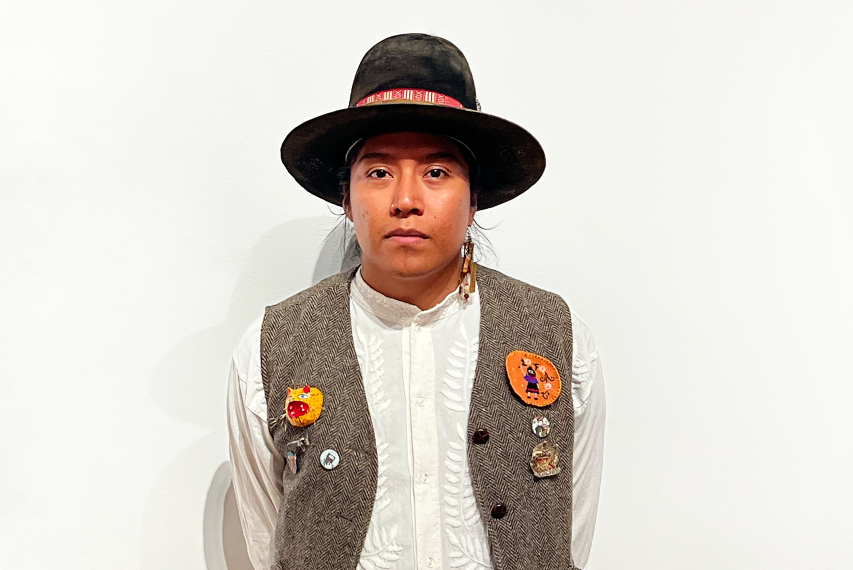You recently co-organized a symposium and exhibition titled “The Aesthetics of Undocumentedness” on the relationship between art and the expression of the spectrum of undocumentedness. Tell us more about this event.
Cuatlacuatl: This was a 2-day event with workshops led by visiting artists at Visible Records, followed by the exhibition opening at the Department of Art Ruffin Gallery and a symposium in the Rotunda Dome Room. We published a book in Spanish and English featuring the eleven artists from the exhibition. These artists come from all over the U.S and around the world. This has been a long-time planned program by Erika Hirugami (curator and co-founder of Undoc+ Collective) and myself. This program recognizes the lack of intentional support and spaces for Undocu+ creative practitioners in this country. We have never seen a group of nationwide Undocu+ artists coming together to organize an exhibition and voice our own real lived experiences through our works. We knew that this was an urgency and the only way to address it was through self-initiatives. We are thinking of providing supportive programming for ourselves but also how this can help younger Undocu+ artist generations see themselves thriving as well.





